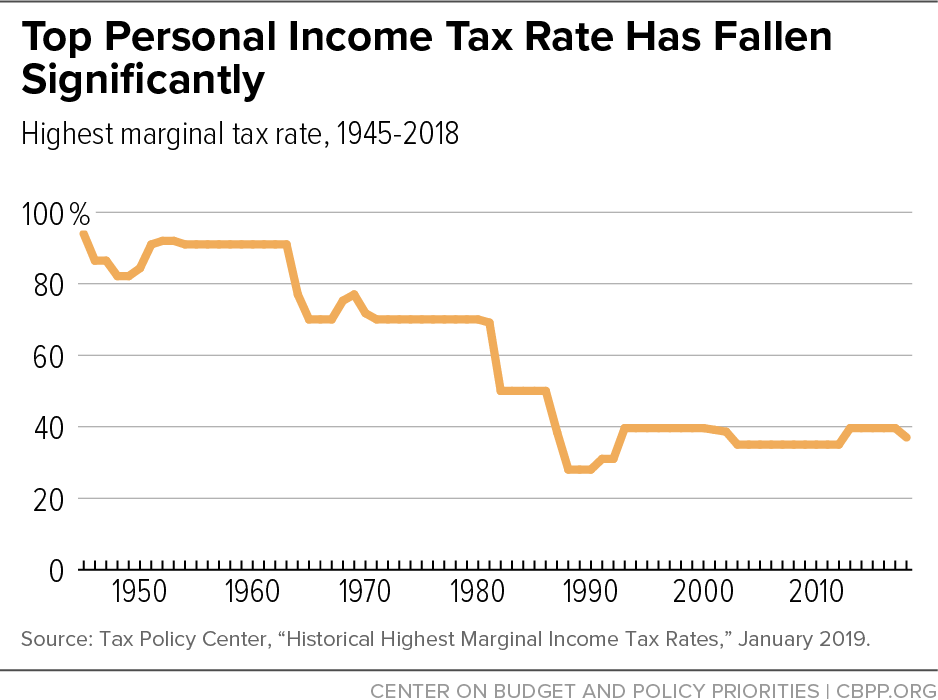https://www.sec.gov/Archives/edgar/data/923184/000119312523008392/d274034d497.htm497 1 d274034d497.htm FORM 497
MATTHEWS ASIA FUNDS
SUPPLEMENT DATED JANUARY 13, 2023
TO THE PROSPECTUS FOR
THE MATTHEWS ASIA TOTAL RETURN BOND FUND AND
THE MATTHEWS ASIA CREDIT OPPORTUNITIES FUND
DATED APRIL 28, 2022, AS SUPPLEMENTED (THE “PROSPECTUS”)
For all existing and prospective shareholders of the Matthews Asia Total Return Bond Fund and the Matthews Asia Credit Opportunities Fund:
Liquidation
The Board of Trustees of Matthews International Funds (d/b/a Matthews Asia Funds) (the “Trust”) has approved a Plan of Termination, Dissolution and Liquidation for each of the Matthews Asia Total Return Bond Fund and Matthews Asia Credit Opportunities Fund, each a series of the Trust (each, a “Fund” and together, the “Funds”), pursuant to which the Funds will be liquidated (each, a “Liquidation” and together, the “Liquidations”) on or about March 15, 2023 (the “Liquidation Date”). This date may be changed without notice at the discretion of the Trust’s officers.
Suspension of Sales. Effective January 17, 2023, the Funds will no longer sell shares to new investors or existing shareholders, including through exchanges into the Funds from other series of the Trust.
Mechanics. Each Fund will cease investment operations in accordance with the Fund’s investment objective and policies, and the Fund’s assets will be converted into cash and cash equivalents on or before the Liquidation Date. In connection with the Liquidations, any shares of a Fund outstanding on the Liquidation Date will be automatically redeemed as of the close of business on the Liquidation Date. The proceeds of any such redemption will be equal to the net asset value of those shares after the applicable Fund has paid or covered with reserves all of its charges, taxes, expenses and liabilities. For each Fund, the distribution to shareholders of these liquidation proceeds will occur as soon as practicable, and will be made to all shareholders of the Fund of record at the time of the Liquidation. Additionally, each Fund must declare and distribute to shareholders any realized
capital gains and all net investment income no later than the final Liquidation distribution. Matthews International
Capital Management, LLC (“Matthews”), investment advisor to the Funds, intends to distribute substantially all of each Fund’s net investment income before the applicable Liquidation. Matthews will bear all extra expenses other than any brokerage commissions in connection with the Liquidations to the extent those expenses with respect to a Fund exceed the amount of the Fund’s normal and customary fees and expenses accrued by the Fund through the Liquidation Date, provided that those accrued amounts are first applied to pay for the Fund’s normal and customary fees and expenses.
Other Alternatives. At any time before the Liquidation Date, shareholders of the Funds may redeem their shares of the Funds and receive the net asset value thereof, pursuant to the procedures set forth under “Investing in the Matthews Asia Funds – Selling (Redeeming) Shares” in the Prospectus. Shareholders may also exchange their shares of the Funds for shares of the same class of any other series of the Trust, as described in and subject to any restrictions set forth under “Investing in the Matthews Asia Funds – Exchanging Shares” in the Prospectus.
U.S. Federal Income Tax Matters. For tax purposes, with respect to shares held in a taxable account, the automatic redemption of shares of a Fund on the Liquidation Date will generally be treated as any other redemption of shares (i.e., as a sale that may result in gain or loss for federal income tax purposes). Instead of waiting until the Liquidation Date, a shareholder may voluntarily redeem his or her shares before the Liquidation Date to the extent that the shareholder wishes to realize any such
gains or losses before the Liquidation Date. See “Other Shareholder Information – Taxes” in the Prospectus. Shareholders should consult their tax advisors regarding the tax treatment of the Liquidation.
If you have any questions regarding the Liquidations, please contact the Trust at 1-800-789-ASIA (2742).
Please retain this Supplement with your records.
